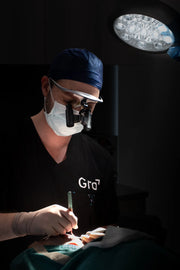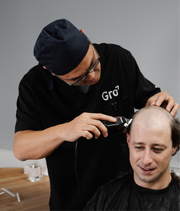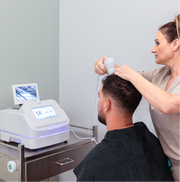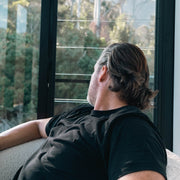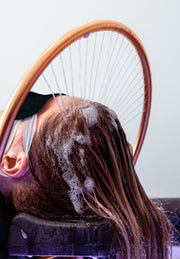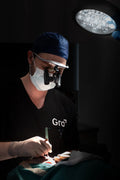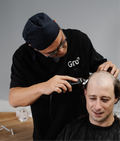Hair transplants are increasingly common, yet many people prefer to keep their decision private. If you're considering a hair transplant but would rather not share the details with others, it's possible to achieve natural-looking results with minimal disruption.
Understanding Discreet Hair Transplant Methods
The discretion of your outcome depends largely on the method used. There are two main approaches:
Comparing FUE and FUT Techniques
- Follicular Unit Transplantation (FUT): Involves removing a strip of scalp, which may result in a linear scar. This older method often requires longer recovery and may be more visible post-procedure.
- Follicular Unit Extraction (FUE): Uses individual follicle extraction with a small punch tool, avoiding visible scarring. Gro’s refined FUE method is designed to ensure minimal handling and natural placement.
Planning for Recovery and Healing Time
While modern methods reduce visibility, some short-term signs of healing may be noticeable. These include:
- Redness
- Scabbing
- Swelling
These typically reduce within 6–10 days. Everyone heals differently, and for some, minor redness may linger a few weeks longer. If desired, LED light therapy can assist in calming inflammation and accelerating recovery.
Tips to Minimise Attention During Recovery
Based on client feedback and experience from Gro Clinics advisors, here are strategies to keep your procedure discreet:
Transition Gradually to a Shorter Hairstyle
If your hair is long, reduce its length in the weeks before your procedure. This allows people around you to adjust gradually and makes the shaved donor area less noticeable.
Consider Growing Facial Hair
Shifting visual attention can help. Growing a beard or changing your grooming style can subtly divert focus away from the scalp during early healing.
Where to Learn More
For personalised guidance, book a consultation with a Gro Hair Growth Advisor. They’ll walk you through your options and what to expect before and after your procedure.
Our Clinic Locations
- Brisbane Clinic
- Gold Coast Clinic
- Sydney Clinic
- Melbourne Clinic
- Perth Clinic
- Auckland Clinic
- Pacific Fair (Regen by Gro)
Prefer to talk first? Call us on 1300 787 563 or ask a question online.

